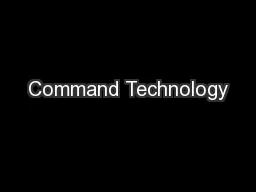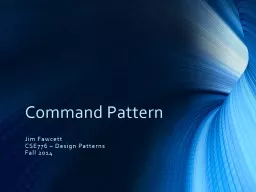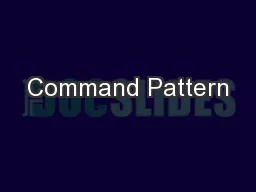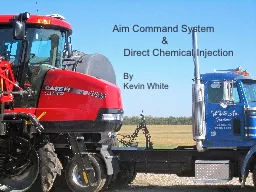PPT-Command Technology
Author : mitsue-stanley | Published Date : 2015-10-14
7604 Energy Parkway Baltimore Maryland 21226 410 3602920 Mechanical Bonded Assemblies and Technology Bonding Technology Almost everything that is made by the Aerospace
Presentation Embed Code
Download Presentation
Download Presentation The PPT/PDF document "Command Technology" is the property of its rightful owner. Permission is granted to download and print the materials on this website for personal, non-commercial use only, and to display it on your personal computer provided you do not modify the materials and that you retain all copyright notices contained in the materials. By downloading content from our website, you accept the terms of this agreement.
Command Technology: Transcript
Download Rules Of Document
"Command Technology"The content belongs to its owner. You may download and print it for personal use, without modification, and keep all copyright notices. By downloading, you agree to these terms.
Related Documents














